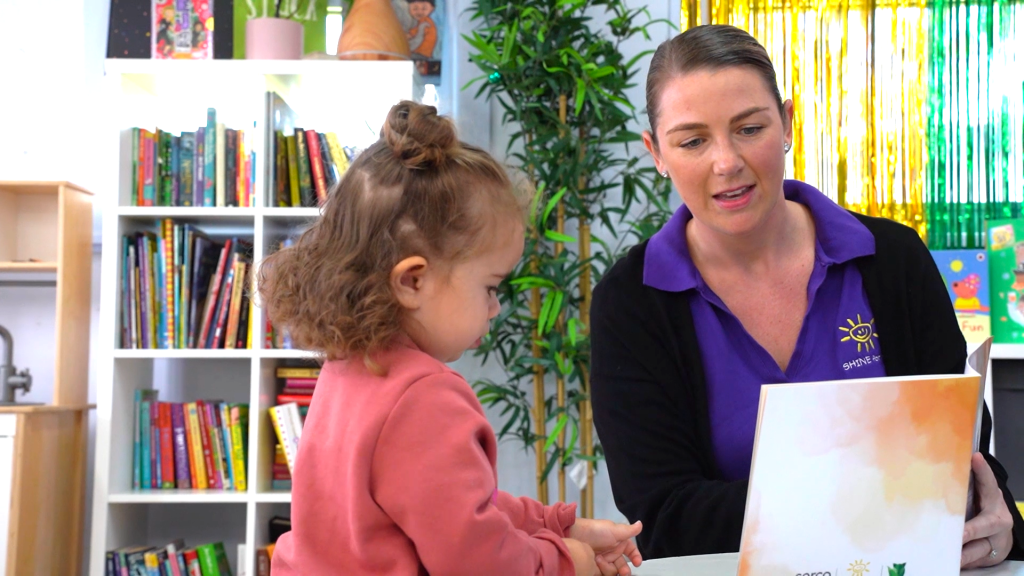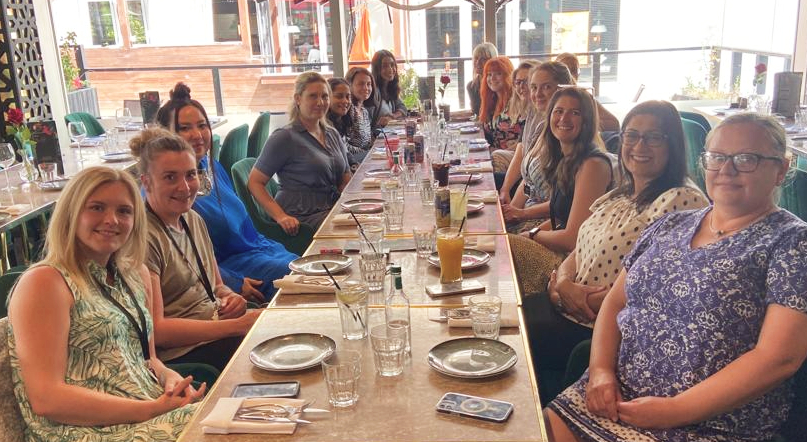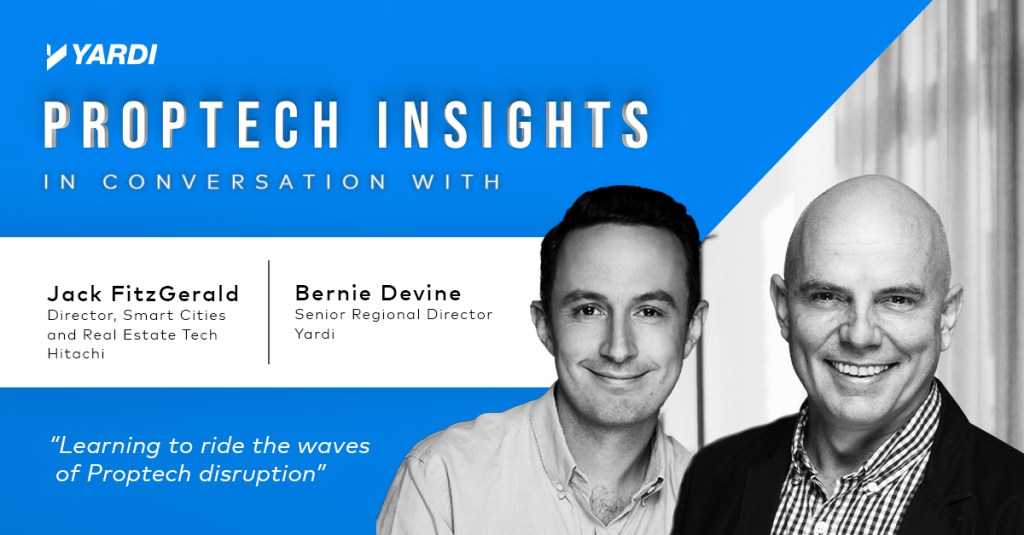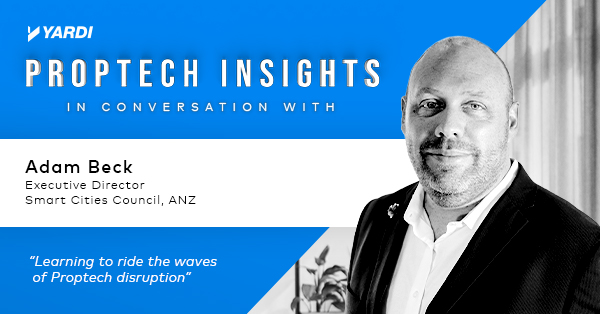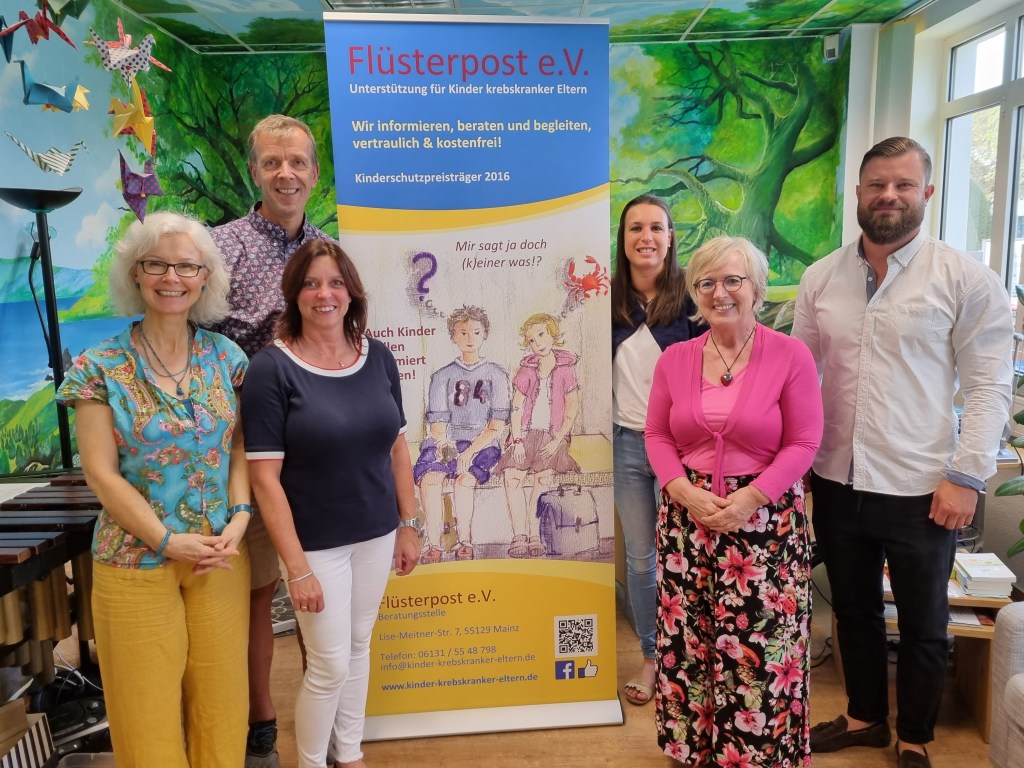SHINE for Kids
Every Child Deserves a Chance to Shine
Did you know that there are over 44,000 children in Australia with a parent in prison? Children with a parent in prison are some of the most vulnerable in our society, often facing stigma, isolation, and limited opportunities. That’s where this Yardi-supported nonprofit steps in and supports children to give them a chance to shine. […]
